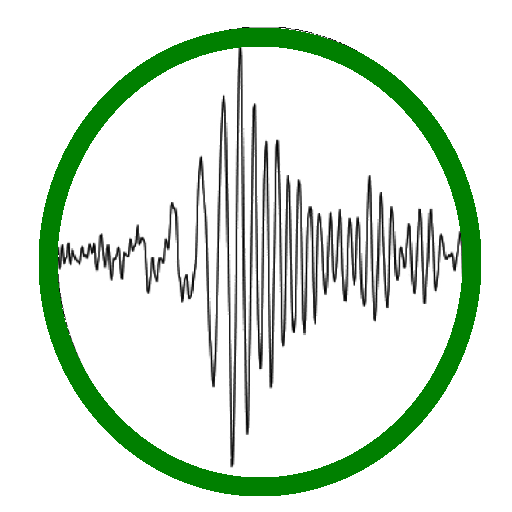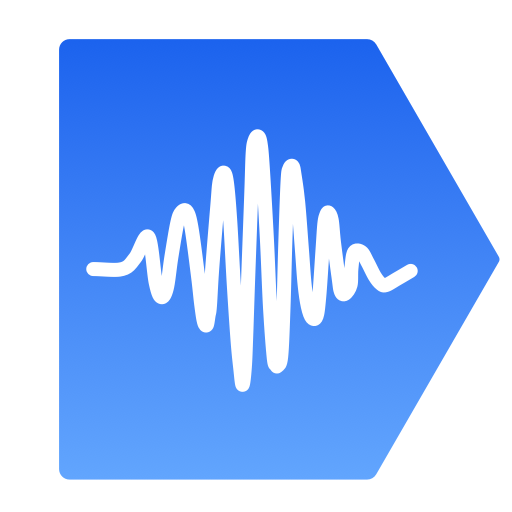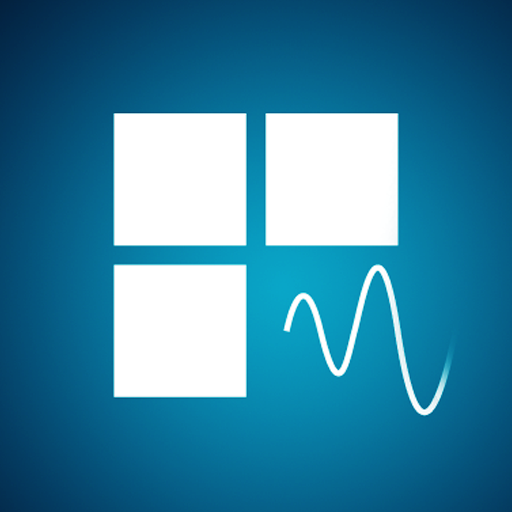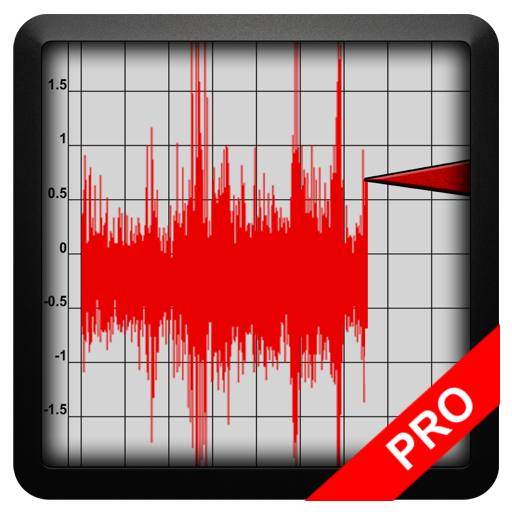

Vibrations!
地图和导航 | jjbunn
在電腦上使用BlueStacks –受到5億以上的遊戲玩家所信任的Android遊戲平台。
Play Vibrations! on PC
Vibrations is an app for measuring mechanical vibrations and acoustic noise from engines, the environment, machines, and other equipment.
This is (currently) the only app that combines acoustic *and* mechanical measurements!
Uses: monitoring vehicle engine vibration, monitoring vibrations of household appliances (dishwasher, refrigerator, waste disposal units, clothes dryers, etc.), measuring g-force in moving vehicles, helping to identify failing gears, evidenced by knocking sounds, modes, etc..
Vibrations uses data streams from the built-in accelerometer and microphone: it calculates two simultaneous FFTs, one from the mechanical measurements, one from the audible measurements. It then shows the frequency spectra on the screen. The frequency axis is labelled in Hz and RPM (revolutions per minute).
Four on-screen software gauges give an overview of the measurements:
1) The g-force (excluding gravity), which measures acceleration
2) The frequency of the current peak in the mechanical/vibration noise
3) The frequency of the current peak in the acoustic noise
4) The sample rate at which mechanical vibrations are being measured
Screen shots can be taken using the "Save Screen" button, and stored to the SD card.
Time series of accelerometer data (up to 20 seconds) can be recorded and saved using the "Record Data" button. Since data are continually being gathered, the recorded data written to the file actually starts a second or so *before* the button was pressed. Recording can be interrupted while in progress, and the data discarded or saved. Otherwise, the recording will automatically terminate after 20 seconds have elapsed, and the data discarded or saved then.
Data collection can be paused and resumed using the "Pause"/"Resume" button.
This is the first release of this app, and ideas for improvements/enhancements are welcome: please contact me.
Also, please note that the frequency limit of the mechanical vibration measurement is limited by the maximum rate that accelerometer samples can be obtained from the Android device: this typically varies from device to device - e.g. on the Nexus 7 and 10 tablets, the rate is ~200 samples/sec, giving a maximum frequency measurement of ~100Hz or 6000 RPM. On the Galaxy S3 the rate is ~100 samples/sec, giving a maximum frequency of ~50Hz.
This is (currently) the only app that combines acoustic *and* mechanical measurements!
Uses: monitoring vehicle engine vibration, monitoring vibrations of household appliances (dishwasher, refrigerator, waste disposal units, clothes dryers, etc.), measuring g-force in moving vehicles, helping to identify failing gears, evidenced by knocking sounds, modes, etc..
Vibrations uses data streams from the built-in accelerometer and microphone: it calculates two simultaneous FFTs, one from the mechanical measurements, one from the audible measurements. It then shows the frequency spectra on the screen. The frequency axis is labelled in Hz and RPM (revolutions per minute).
Four on-screen software gauges give an overview of the measurements:
1) The g-force (excluding gravity), which measures acceleration
2) The frequency of the current peak in the mechanical/vibration noise
3) The frequency of the current peak in the acoustic noise
4) The sample rate at which mechanical vibrations are being measured
Screen shots can be taken using the "Save Screen" button, and stored to the SD card.
Time series of accelerometer data (up to 20 seconds) can be recorded and saved using the "Record Data" button. Since data are continually being gathered, the recorded data written to the file actually starts a second or so *before* the button was pressed. Recording can be interrupted while in progress, and the data discarded or saved. Otherwise, the recording will automatically terminate after 20 seconds have elapsed, and the data discarded or saved then.
Data collection can be paused and resumed using the "Pause"/"Resume" button.
This is the first release of this app, and ideas for improvements/enhancements are welcome: please contact me.
Also, please note that the frequency limit of the mechanical vibration measurement is limited by the maximum rate that accelerometer samples can be obtained from the Android device: this typically varies from device to device - e.g. on the Nexus 7 and 10 tablets, the rate is ~200 samples/sec, giving a maximum frequency measurement of ~100Hz or 6000 RPM. On the Galaxy S3 the rate is ~100 samples/sec, giving a maximum frequency of ~50Hz.
在電腦上遊玩Vibrations! . 輕易上手.
-
在您的電腦上下載並安裝BlueStacks
-
完成Google登入後即可訪問Play商店,或等你需要訪問Play商店十再登入
-
在右上角的搜索欄中尋找 Vibrations!
-
點擊以從搜索結果中安裝 Vibrations!
-
完成Google登入(如果您跳過了步驟2),以安裝 Vibrations!
-
在首頁畫面中點擊 Vibrations! 圖標來啟動遊戲



